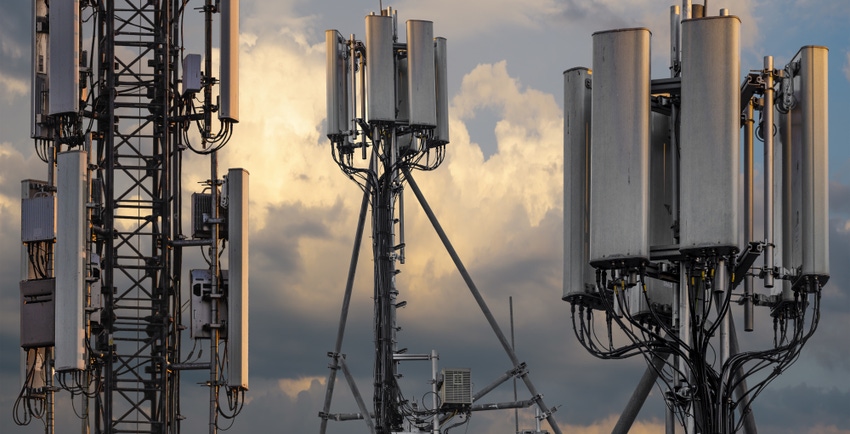Regardless of their RAN vendor, all of Orange’s global markets will be optimizing their networks with Nokia tech.
March 15, 2021

Regardless of their RAN vendor, all of Orange’s global markets will be optimizing their networks with Nokia tech.
Self-Organizing Networks (SON) technology is one of the better-established implementations of artificial intelligence in the telecoms space. SON has been around for quite a while and offers a layer or automation the management of networks. This is especially important in the 5G era due to technologies such as beamforming that are required to get the best of the high frequency spectrum used by the latest generation of cellular tech.
While the value of a deal like this won’t be on a par with actually supplying the radio kit, this still feels like a nice win for Nokia. Orange is one of the world’s biggest operator groups, with a strong presence in Europe and Africa, so a group-wide deal also serves as a strong endorsement of Nokia’s SON offering.
“As a long-term partner, Nokia was a natural choice to help us automate our mobile networks in different geographies,” said Arnaud Vamparys, Senior VP Radio Networks and 5G at Orange. “The complexity of radio optimization is growing with 5G beamforming and Nokia’s flexible, automated and multi-vendor platform enables us to maintain our exemplary network quality and customer satisfaction in the 5G era.”
“5G deployments and rollouts look much simpler on paper than they do in the real world,” said Mark Atkinson, Head of RAN at Nokia. We appreciate and understand that our CSP customers have a technology stack that spans multiple vendors, which can lead to inefficiencies and complexity. Working with Orange and its global affiliates to optimize and simplify their multi-vendor networks is a challenge we relish and are proud to be part of.”
There was no mention of OpenRAN and that’s certainly not what this deal is focused on, but it does seem possible that technologies like SON will become even more important once operators start mucking about with the composition of the RAN. As last week’s launch showed, Nokia is being quite proactive about adapting to the growing interest in OpenRAN and could be positioning itself well for the future.
As if to prove that point, as this piece was being published Nokia also announced deals with AWS, Google and Microsoft to collaborate on cloud-based 5G radio solutions. “This is part of Nokia’s continued commitment to leading an open mobile future, making it simple for our customers to take advantage of the 5G world helping to drive it forward,” said Tommi Uitto, President of Mobile Networks at Nokia.
About the Author(s)
You May Also Like








.png?width=300&auto=webp&quality=80&disable=upscale)


_1.jpg?width=300&auto=webp&quality=80&disable=upscale)


.png?width=800&auto=webp&quality=80&disable=upscale)